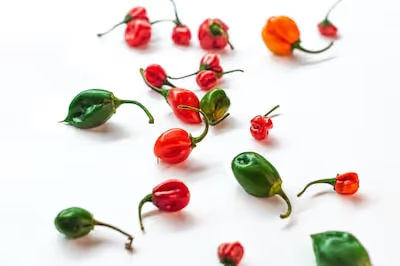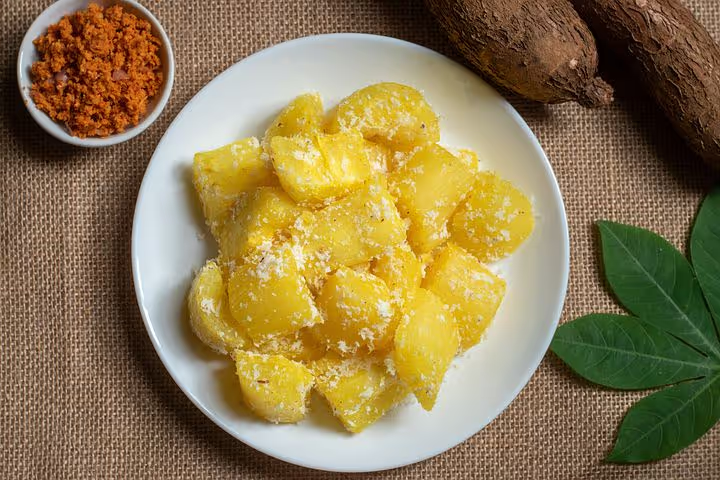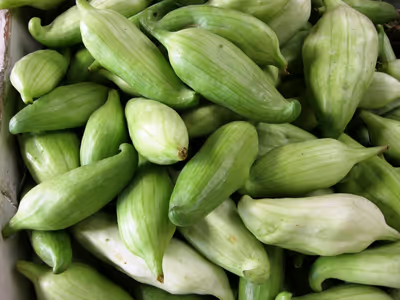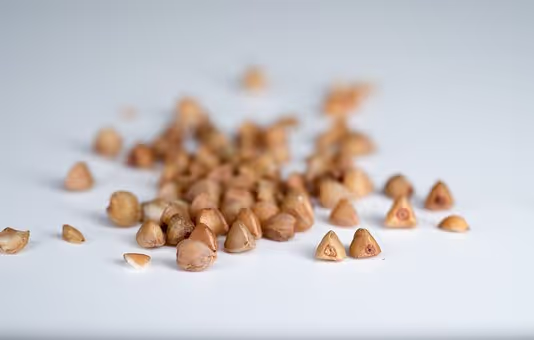Growing Leek Successfully in Your Backyard Garden
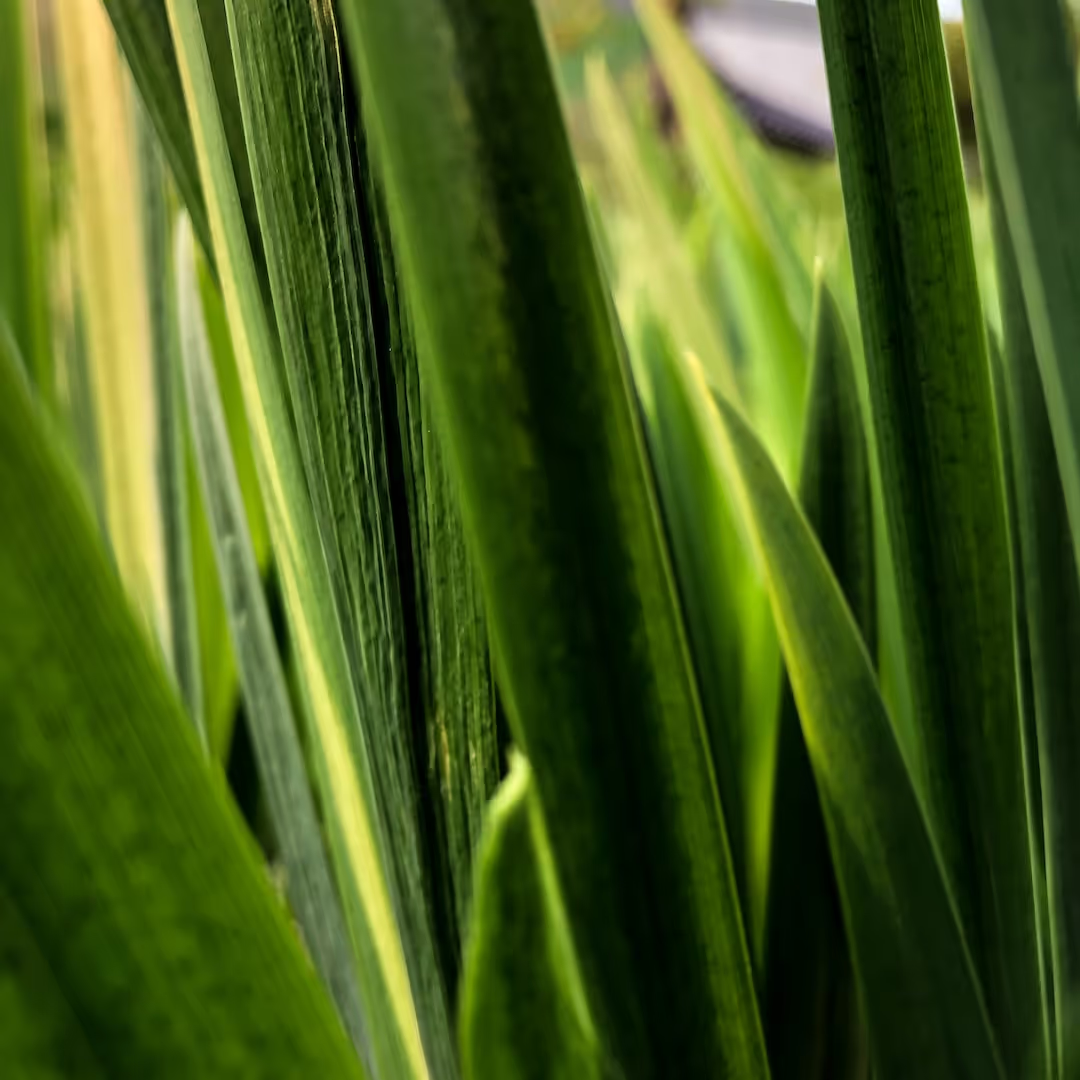
Growing Leek
Growing leek rewards you generously, and all it demands is fertile, moisture-retaining soil, steady watering and patience. To master growing leek at home—begin by choosing sunlit ground, improve the soil with organic compost, and sow seeds indoors eight weeks before spring planting. Knowing the right timing and a few seasoned tricks ensures vibrant, tasty leek harvests you’ll proudly serve at your table.
Cheatsheet: Backyard Leek Growing Made Simple
🌱 Site & Soil
Pick full sun. Use loose, rich, well-drained soil; pH 6.0-7.0. Add compost before planting.
🕓 Sowing & Spacing
- Start: Sow indoors 8-10 weeks before last frost (Feb-March in most areas).
- Transplant: Shift seedlings out after soil hits 50°F/10°C; space 6 in/15 cm apart, rows 12 in/30 cm.
- Direct sow: After last frost, ½ in/1.25 cm deep.
💧 Water & Feed
Keep soil moist but not soggy. Feed every 3 weeks with balanced organic fertilizer.
🌬️ Blanching Stems
- Hill soil up around stems 2-3 times during growth for longer white stalks.
- Or use paper tubes for blanching without soil!
🐛 Pests & Disease
Leeks repel carrot flies. Watch for onion maggot, leaf miner. Rotate crops yearly.
✂️ Harvesting
Pull leeks at pencil-thick size for baby leeks or full-size (80-120 days) for bigger yield. Harvest before soil freezes.
🥗 Nutrition & Self-Sufficiency
High in vitamin K, folate, and antioxidants. Good for soups and grilling. 100 sq ft feeds a family for months.
🛠️ Tools and Products You’ll Need
- Leek seeds or starts
- Compost
- Trowel
- Watering can or hose
- Organic fertilizer
- Garden fork for harvesting
- Mulch
- Paper tubes (optional for blanching)
⚡ Growth Stats
- Yield: 30-40 leeks per m² (10 sq ft)
- Leeks store up to 3 months in fridge or root cellar
Why Leeks Deserve a Spot in Your Vegetable Bed
Leeks—a charmingly underrated cousin of onions and garlic—are flavorful, versatile, and resilient. I've grown them through frosty New England winters and scorching Mediterranean summers—they've never let me down.
If you've never bitten into a freshly harvested leek sautéed gently in butter, you're missing one of life's simpler pleasures. Thankfully, growing leek successfully doesn't require wizardry—just thoughtful care and some practical know-how.
Choosing Your Seeds and Timing Wisely
When planning for leeks, timing sets you up for either satisfaction or frustration. Sow seeds indoors approximately 10–12 weeks before your last expected spring frost date.
In my garden (USDA Zone 6b), I usually begin seeding indoors around mid-February, transplanted outdoors by mid-April once temperatures settle above 45°F (7°C). For European gardeners, adjust dates accordingly and transplant after heavy frost threat passes.
Here's the rub—leeks require a long growing window—between 100–150 days from seed to harvest depending on variety. Opt for shorter-season cultivars like 'King Richard' if you're gardening further north.
Prepping the Perfect Leek Bed
Leeks aren't particularly demanding, but they loathe compacted soil. Give them room to breathe, stretch, and swell gracefully into their characteristic thick, mild stalks.
Work compost generously into well-drained loamy soil, aiming for a pH around 6.5 to 7.0, as suggested by horticultural experts from Cornell University's Vegetable Program.
- Deeply loosen the soil—a foot (30 cm) minimum.
- Mix in aged compost or well-rotted manure a month before transplanting.
- Consider raised beds or mounded rows for optimal drainage and ease of harvest.
The Art of Transplanting Leeks
Set seedlings deeply, at least 4–6 inches (10–15 cm), to ensure thick white stems—the tastiest part, with that delicate balance of oniony sweetness.
I punch holes with a dibber, spacing seedlings 6 inches (15 cm) apart, rows roughly 12 inches (30 cm) between. Gently lower leek seedlings in—roots first—then water carefully, letting soil naturally fill around roots.
Tending Leeks Through the Growing Season
Your leeks love even moisture—think consistently damp, never soggy. They prefer about an inch (2.5 cm) of water weekly, so adjust your watering according to rainfall.
Mulching does double-duty here; it preserves soil moisture and fends off weeds admirably. I've found straw mulch superbly effective, maintaining just enough moisture and keeping weeds cunningly at bay.
Pro tip: Periodically mound soil gently around leeks ("blanching") to increase the coveted tender white stem portion.
The Occasional Leek Troubles
In my garden adventures, leeks rarely cause drama. But occasionally, pests like onion thrips or leek moth can surface. Vigilantly inspect using the sharp gardener's gaze; soap-based treatments or horticultural oils usually suffice.
"Crop rotation significantly reduces potential pest problems. Rotate your leek beds each season, and you'll rarely encounter severe issues." – Dr. Joe Masabni, Texas A&M Agrilife Extension
Harvesting—The Gardener's Joyous Reward
Harvest your leeks anytime they're suitably plump—usually once the stalks reach approximately 1 inch (2.5 cm) in diameter. Lift leeks gently using a garden fork to avoid damage.
Leeks can handle moderate cold, even light frost; in fact, exposure to cold weather sweetens their flavor noticeably. One November morning, after a surprising frost transformed my garden into an icy cathedral, I harvested leeks sweeter and more tender than any gourmet market could offer.
Storing & Using Your Leek Bounty
Leeks store reliably well. Refrigerate loosely wrapped for 1–2 weeks, or freeze after blanching sliced rings or chopped stalks to preserve them even longer.
In your kitchen, their culinary potential shines:
- Leek soups (there’s no better comfort).
- Pasta sauces (subtle yet transformative flavors).
- Simply roasted or gently sautéed as a side dish.
With careful attention to timing, soil preparation, proper watering, and harvesting strategies, reliably growing leek becomes a gardener’s quiet triumph. They're endlessly rewarding and forgiving—qualities I admire both in vegetables and in people.
Frequently Asked Questions About Growing Leek
What soil conditions produce healthy leeks?
Leeks flourish in soil that is well-draining and enriched with plenty of organic matter. Incorporate aged compost or well-rotted manure several weeks before planting to encourage steady, vigorous growth. Aim for soil with a neutral pH range of 6.0 to 7.0 to support optimal nutrient absorption.
How much sun exposure do leek plants require?
Leeks grow best when they receive full sun, meaning at least 6 to 8 hours of direct sunlight daily. While they tolerate partial shade, consistent sunlight promotes sturdier stems and improves bulb development significantly.
What's the ideal planting depth and spacing for leeks?
Plant leek seedlings approximately 6 inches (15 cm) deep, allowing adequate room for blanching—the technique of covering stems to achieve a tender, white base. Space individual plants 4 to 6 inches (10 to 15 cm) apart in rows roughly 12 to 18 inches (30 to 45 cm) apart, nurturing excellent air circulation and healthy growth.
At what frequency should I water my leek plants?
Water your leeks regularly, providing about 1 inch (2.5 cm) of water weekly, adjusting for rainfall. The goal is to maintain evenly moist soil without waterlogging, ensuring steady, uniform growth and preventing root stress that can weaken plants.
How can I protect my leeks from pests and diseases effectively?
To keep pests like onion flies and thrips away, practice crop rotation and use insect netting during crucial growth periods. Prevent fungal diseases by watering at the base of plants rather than from overhead, and maintain proper spacing to enhance airflow and reduce humidity around plants.
When and how should leeks be harvested?
Leeks generally mature about 100 to 120 days after planting. Harvest them when stems reach at least 1 inch (2.5 cm) in diameter. Gently loosen the soil around the plants, lift carefully, and trim roots and foliage. Freshly harvested leeks retain optimal flavor and texture—perfect for your garden-to-table dishes.
Growing leek rewards patience and a bit of sweat. Start with rich soil, keep your rows tidy, and don’t skimp on water. Hill the stems as they grow—those pale, buttery shafts make every bowl of soup worth the wait. Watch for pests, but don’t lose sleep; a healthy patch usually shrugs off trouble. If you’re itching to try more, check out how to plant leeks for extra tips. In the end, growing leek is honest work, but there’s nothing quite like pulling your own fat leeks from the earth. Simple, satisfying, and downright delicious.
The Homesteader's Take: Smart Leek Cultivation for Self-Sufficiency
Select Productive Varieties
- Musselburgh: Hardy, frost-tolerant heirloom suited for extended seasons.
- American Flag: Dependable yields; adaptable to varying climates.
- Blue Solaise: Cold-resistant variety; ideal for northern growers.
Strategize Companion Planting
- Carrots and Celery: Plant alongside leeks to deter leek moths and carrot rust flies.
- Chamomile and Marigolds: Encourage beneficial insects and repel pests.
- Avoid Beans and Peas: Growth competition diminishes leek bulb development.
Leek Nutrition for Year-Round Health
- Rich supply of Vitamin K for strong bones and improved blood clotting.
- Contains antibacterial sulfur compounds that promote immunity.
- 1 cup (89g) chopped leeks offers approximately 52% daily value of Vitamin K and just 54 calories.
Maximize Harvest and Preservation
- Leave mature leeks in-ground through winter; mulch heavily (6–8 inches / 15–20 cm straw) for continuous fresh harvest.
- Dehydrate or freeze surplus harvest: Slice, blanch (1–2 minutes), quickly cool, and freeze for long-lasting nutritional storage.
- Powder dried leek greens: Adds nutrient-rich flavoring to soups and stews.
Seed Saving for Ongoing Self-Reliance
- Allow Second-Year Flowering: Biennial plant—wait for flower stalks in second year.
- Harvest Fully Dried Seed Heads: Store seeds airtight in cool, dark location; viable for 2–4 years.
Heading 1
Heading 2
Heading 3
Heading 4
Heading 5
Heading 6
Lorem ipsum dolor sit amet, consectetur adipiscing elit, sed do eiusmod tempor incididunt ut labore et dolore magna aliqua. Ut enim ad minim veniam, quis nostrud exercitation ullamco laboris nisi ut aliquip ex ea commodo consequat. Duis aute irure dolor in reprehenderit in voluptate velit esse cillum dolore eu fugiat nulla pariatur.
Block quoteOrdered list
- Item 1
- Item 2
- Item 3
Unordered list
- Item A
- Item B
- Item C
Bold text
Emphasis
Superscript
Subscript
Find out which plants will thrive in your garden!
Answer a few fun questions and get custom plant recommendations perfect for your space. Let’s grow something amazing together!

start your season
